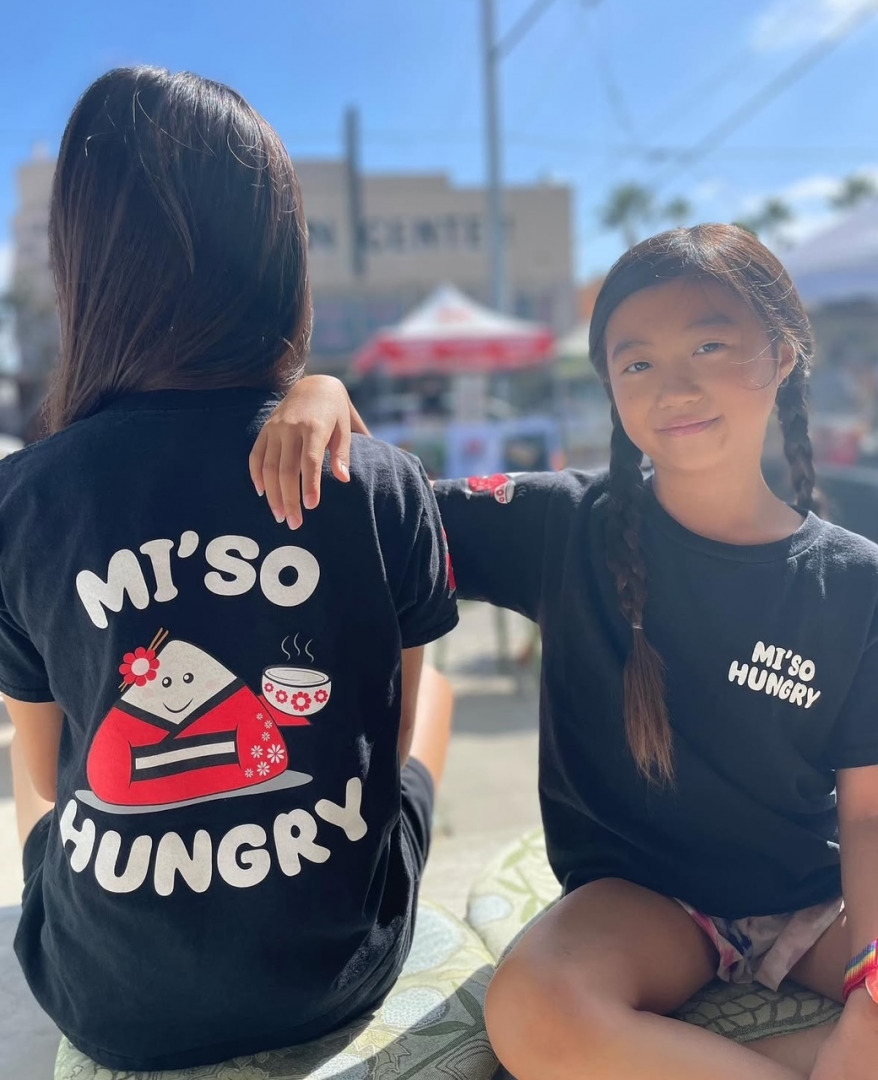Meet Mitsuyo Kojima | Owner of MI’SO HUNGRY (Japanese food)
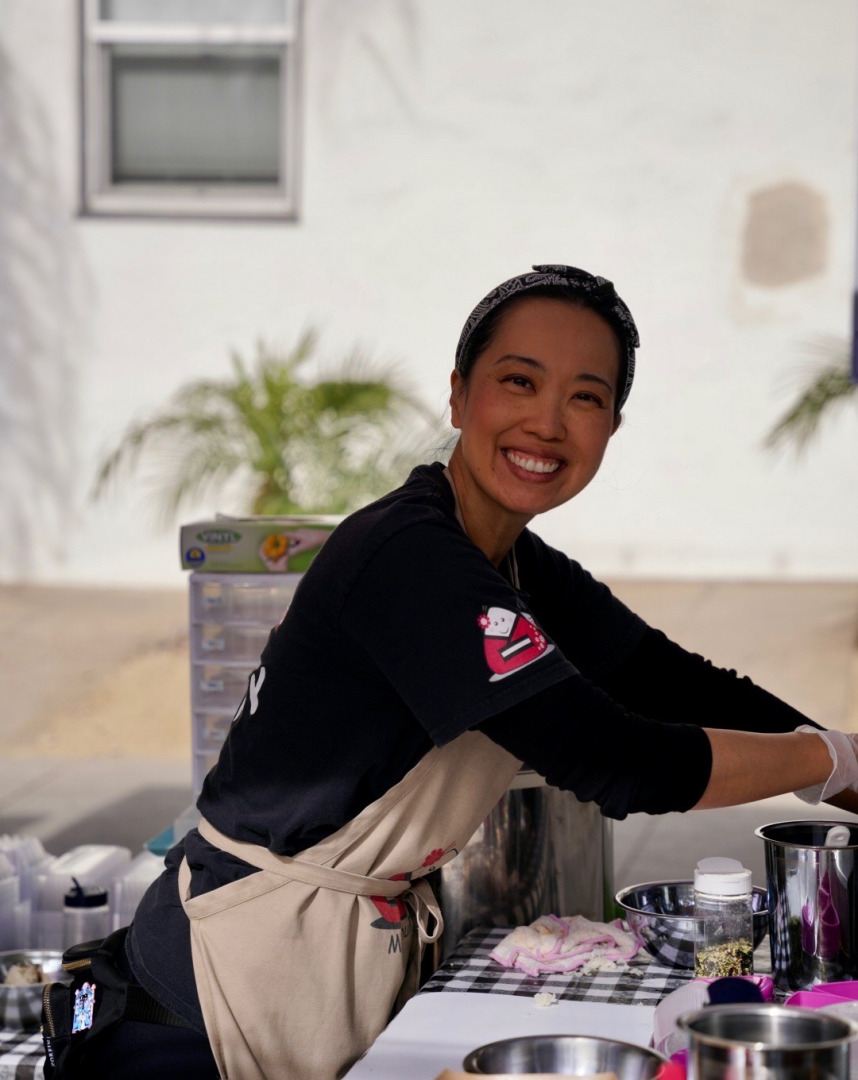

We had the good fortune of connecting with Mitsuyo Kojima and we’ve shared our conversation below.
Hi Mitsuyo, what was your thought process behind starting your own business?
“My journey to entrepreneurship began after I moved from Japan to the United States following my marriage. I quickly fell in love with this country’s remarkable diversity – a vibrant tapestry of people from countless backgrounds, each bringing unique cultures, customs, and culinary traditions. What truly resonated with me was the profound sense of comprehension and mutual respect I observed among people, fostered by this rich multicultural environment.
This welcoming atmosphere inspired me to pursue an idea that originated with my father: introducing traditional Japanese Onigiri (rice ball), to a wider audience. Onigiri holds a special place in Japanese culture – it’s often considered a comforting ‘soul food’ and a convenient, healthy fast-food option. It’s delicious, nutritious, and incredibly versatile. Seeing the open-mindedness and appreciation for diverse foods here, I felt confident that my vision to share this healthy and beloved staple could truly flourish as a business.”
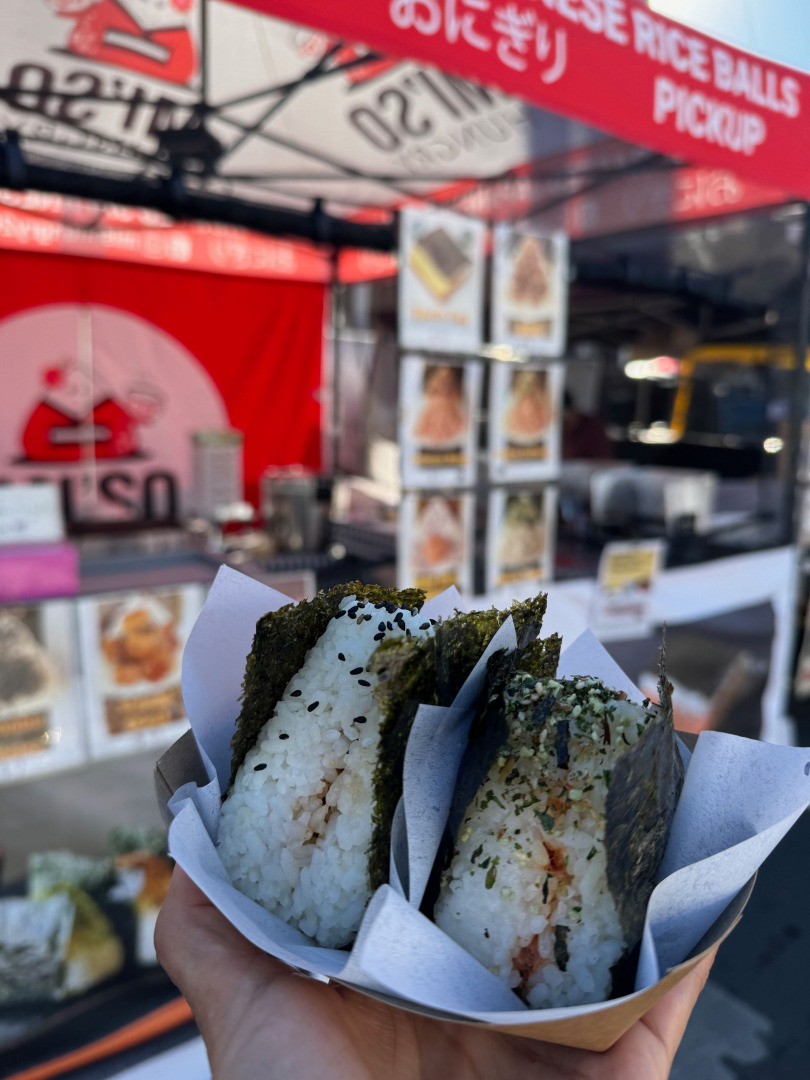
What should our readers know about your business?
My business stands out because we bring healthy, delicious Japanese food, like Onigiri, as a fresh alternative to typical fast food. I’m excited to offer something tasty, nourishing, and never boring. Onigiri is a Japanese “soul food” that’s comforting and wholesome, sharing a piece of Japanese culture.
Building this business has been a journey of hard work, not always easy. After moving from Japan to the U.S., I was inspired by the diversity here and saw a chance to share my father’s Onigiri idea. My first challenges were learning the new business world, making sure the food tasted right for local people while staying true to its roots, and teaching everyone what Onigiri is and why it’s so healthy.
I overcame these by researching, slightly changing recipes for wider appeal without losing tradition, and most importantly, by talking directly to customers. Farmers’ markets and local events were my learning grounds. Their positive feedback and interest kept me going.
The biggest lessons I’ve learned are to be authentic, value community, and be resilient. It’s important to stick to your product’s origins while being open to new audiences. I’ve also learned that every setback is a chance to improve.
What I want the world to know about my brand is simple: Japanese food, especially Onigiri, is a delightful and healthy way to eat well every day. It’s more than just food; it’s culture, a convenient meal, and a step towards a healthier life. My brand connects people to authentic Japanese flavors and healthy eating, inspired by my own journey and the welcoming spirit of my new home.
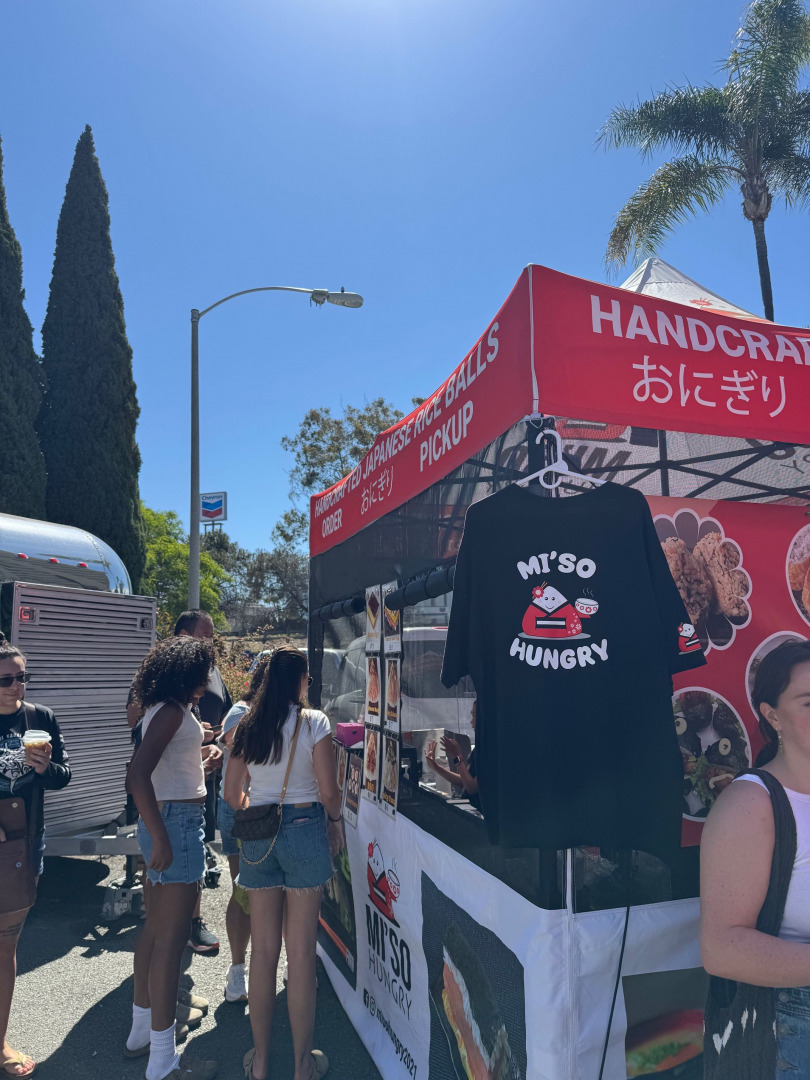
Any places to eat or things to do that you can share with our readers? If they have a friend visiting town, what are some spots they could take them to?
If my best friend visited for a week, I’d show them our area’s culture, fun, and relaxation. Here’s our week:
Day 1: Local Food & Culture
We’d start at a busy Farmer’s Market, like Little Italy’s. It’s great for local vibes, fresh food, and unique experiences. We’d try local cheeses, fresh produce, and coffee. For lunch, we’d eat street food there. In the evening, we’d walk through Little Italy, have dinner at an Italian place, and maybe listen to music.
Days 2-4: Southern California Fun – Theme Parks & Hollywood
Next, we’d go to Southern California’s famous theme parks. One full day at Disneyland for magic and memories. The next day, we’d split between Universal Studios Hollywood for rides and movie sets, and seeing the Hollywood Walk of Fame and Chinese Theatre. These places are unique, and I’d love to share them. We’d eat theme park snacks, then find good dinner and drinks nearby.
Day 5: Beach Time & Relaxing
After the parks, we’d relax at the beautiful beaches. We’d spend the day at La Jolla Cove, known for its cliffs, clear water, and sea life. We could snorkel or kayak to see seals, or just sunbathe. For lunch, fresh seafood by the beach. Later, we’d watch a sunset from a viewpoint.
Day 6: Health & Refreshment
To feel fresh before leaving, I’d take my friend to my hobby: hot yoga. It’s great for cleansing and stretching. We’d do a morning class, then have a healthy brunch at a local organic cafe. The rest of the day would be quiet, maybe a botanical garden or art gallery, followed by a calm dinner.
Day 7: Goodbye & Next Time
On their last day, a relaxed breakfast, remembering our trip. Depending on their flight, we might do quick souvenir shopping or visit a favorite local spot. The goal is for them to leave happy, refreshed, and wanting to come back!
This plan mixes culture, fun, nature, and wellness for the best time ever.
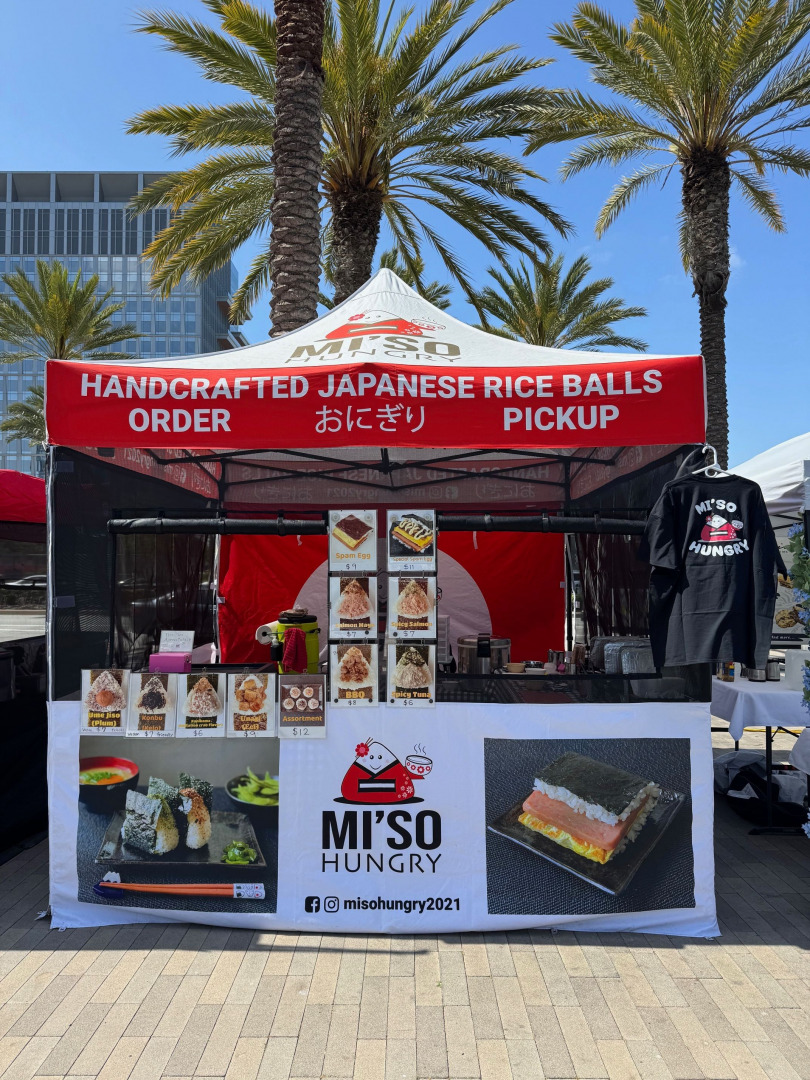
Shoutout is all about shouting out others who you feel deserve additional recognition and exposure. Who would you like to shoutout?
My deepest gratitude goes to my family: my daughter Anna, Erica, and my husband Mamoru. Starting my own business while managing family life is tough. Through every challenge, their love, support, and encouragement have been my strength. Knowing they believe in me makes this business possible.
Instagram: misohungry 2021
Facebook: misohungry 2021
Yelp: Mi.so Hungry
